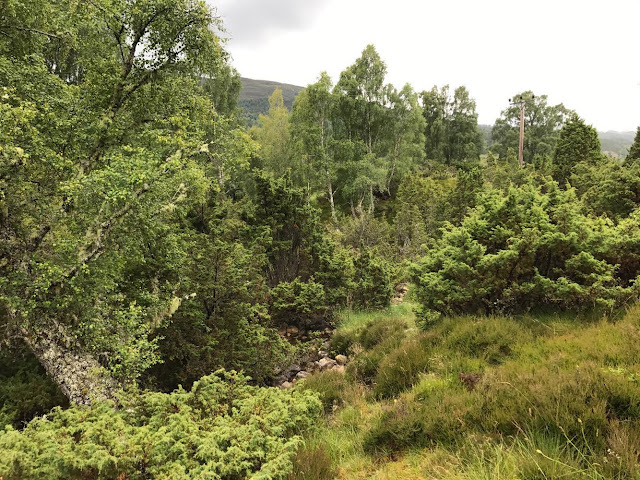Abandoned City Ecology #3: The Cut in the Landscape
It is important to bear in mind that the road that passes through the forest, does not pass through the forest for the sake of a nice view or because it has always been there. The road barrels through the trees because the forest is a resource that is being lassoed by the road, like the logging trails that enable the illegal felling of timber in the Amazon, or the forest is merely in the way of connecting a resource to an urban centre somewhere. Either way, the road is not a random occurrence; it is a connection between urban areas and each other, and urban areas and their resources, acting as extensions of their leeching power. Roads pull the world close between a far-away raw commodity and the urban market for its immediate consumption.
Urban areas themselves have been lain sterile by the rolling tarmac and adjacent car parks. Plants and animals must be able to travel and connect to thrive; roads instead split habitats up in the wider world, and boxing in gardens and parks in an urban setting. For animals they are a place of constant danger.
Any driver in the UK will recognise the cast aside animals that have been victims of the road. Our most picture-book cuddly fauna are most easily found as pulped and maimed carcasses on the roadside. Badgers top the numbers, being low and hard to spot in time, and less agile on tarmac, but also in high numbers are foxes, deer, rabbits, birds, mice, rats and hedgehogs, an increasingly endangered British species. I actually started putting this essay together in my head after driving around a dead hedgehog on a quiet street in Keynsham, a hunk of its ribs displaced a few metres down the way. Even today, the day I type this up from my notebook, I saw a squirrel on a lesser-used side road in Bristol, its hands, feet and face mashed into pink explosions. We quickly learn to become accustomed to the nameless torrent of gore and death on roads, as a price to pay for the convenience of sit-down engine travel.
Inevitably, roads have been firmly accepted as part of the landscape, and so environmental concerns trail away from de-motorization (even teslas, though climate-friendly are high speed metal boxes on thick rubber tyres, no match for a small mammal) to environmental tweaking; land bridges are vast sweeping bridges that carry the landscape over the road, resplendent with meadow grass and trees, giving animals a safe place to cross. Tunnels have also been implemented to give small animals such as frogs safe places to cross the road. Obviously animals are not familiar with the rules of the road, and they remain an alien and devastating scar in their habitats.
As with previous essays, the theme of rewilding and human structure abandonment applies in my thinking about roads. If a city were to become abandoned for whatever reason (and the future seems to hold more and more reasons for this to happen) so too, to some extent, would the road network used to access that city and for that city to access every corner of the globe, become silent. Road abandonment could happen slowly, through simple lack of funding; ill-maintained roads become undesirable for use, and could eventually fall into decay.
No matter the whereabouts of the road, nature is poised for reclamation. Even now, animals such as wolves take advantage of them while it's safe to do so, and falling trees show no concern whether they block the road or not. In cities, countless weeds from small fleshy dandelions and shepherds purslane, to forceful buddleia, elder, sycamore and ash all wait in cracked cement. Prehistoric marestail (or horsetail) can remarkably drill up through tarmac, and tree roots encased in pavements breach the surface with their unrepetant growth. Nature's threat of eradicating roads is as simple as disuse; habitats will endlessly try to reconnect across the cut in the landscape, and one day inevitably will.




Comments
Post a Comment